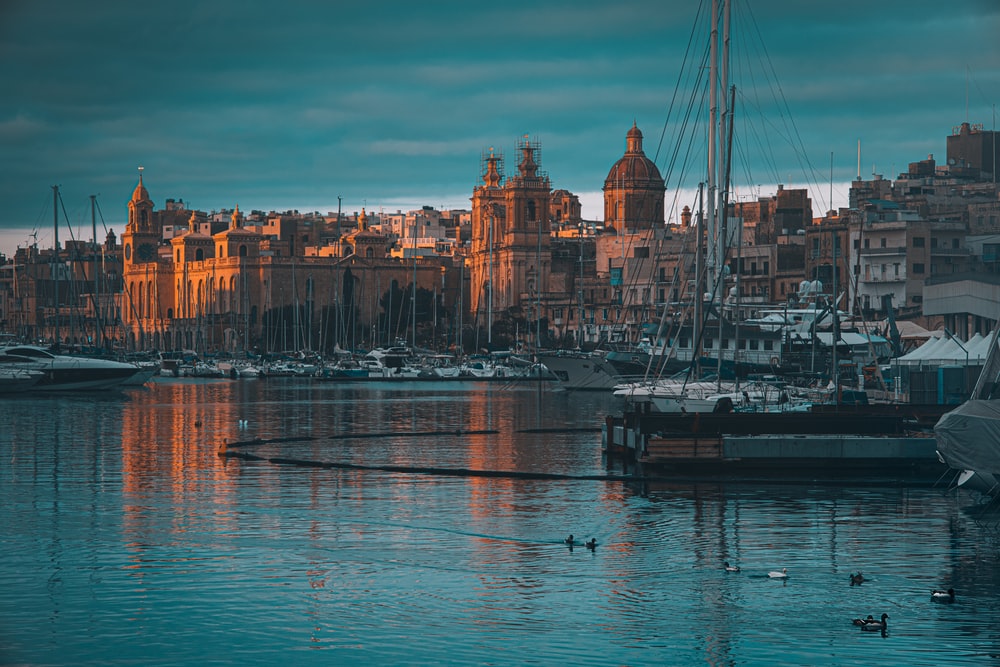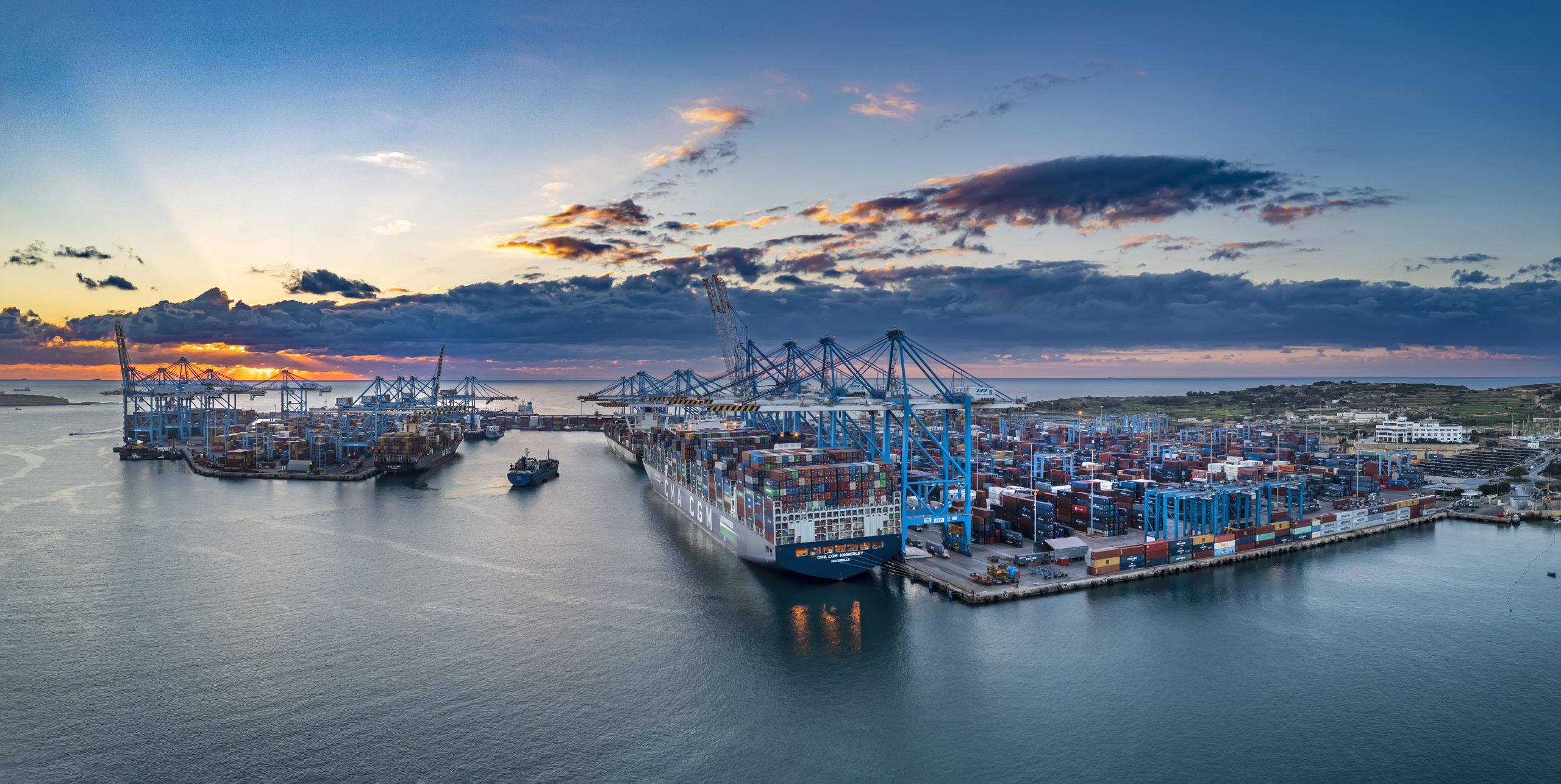malta's economy: A SNAPSHOT

Introduction
A Success Story

Economic Development: A Historical Perspective
Before 1800, most Maltese were farmers or fishermen, even with considerable commerce. At the time, there were very few industries apart from cotton, tobacco and shipyards. Malta’s economy flourished during wars because of its strategic location in the Mediterranean. With the opening of the Suez Canal in 1869, Malta saw a substantial rise in the number of ships entering the port as the Mediterranean became the main trade road.
By the end of the Second World War, Malta had lost its strategic importance as a military base, and the British had to wonder about alternative ways of income. When Malta gained its independence in 1964, economic activity was minimal, but substantial government efforts to start the manufacturing and tourism industry yielded good results.
Aided by agreeable international economic conditions and policies that supported foreign investment, the Maltese economy sustained fast growth right to the end of the 20th century.
Strengths & Weaknesses
Malta has no natural resources and experiences a limited fresh water supply, and it only produces around 20% of the food requirements. Thus, the economy depends on human resources, innovation and foreign trade. Besides tourism, nowadays, Malta’s economy is driven by financial services, tourism, real estate, I-gaming and manufacturing, particularly electronics.
Other significant sectors are pharmaceuticals, information technology, and call centres.
EU Membership
Malta joined the European Union in 2004 and the Eurozone in 2008.
When comparing the per capita GDP in the EU, the country falls just above the middle concerning wealth. The Maltese Government has pursued a policy of gradual economic liberalisation and privatisation, shifting the emphasis on trade and financial policies from reliance on direct government intervention and control to policy regimes that allow a more significant role for market mechanisms.
More information can be obtained from: https://financemalta.org/ and https://www.maltaenterprise.com/.
